My first exposure to civil “protest” came in 1965, watching the Watts Riots in Los Angeles on the news. I was six-years-old and had an African-American nanny, Verlie, who I loved as much as my own mother. Therefore, seeing a city in flames and white police officers beating African-American people on television, and in later riots in the south, shooting them with fire hoses and using attack dogs on human beings in the streets, was very upsetting.
I didn’t really understand the notion of the Civil Rights Movement. My young education continued with the Detroit Riots in 1967, and sadly, I continue today to observe deeply disturbing civil rights abuses fifty-five years later. I’m sure most of you have seen the unbelievable videos of certain African-American men being clearly murdered by police officers in the broad daylight. Video: https://www.youtube.com/watch?v=De9gyfbdlv4
While in college, I became very interested in the subject of human equality. Not only had I had a lifetime of domestic exposure to the Civil Rights Movement, I was now watching the brave people of South Africa rise up against Apartheid (The system of institutionalized racial segregation that existed in South Africa and South West Africa from 1948 until the early 1990s). I began to pay attention and to read an assortment of books like The Autobiography of Malcolm X, The Color Purple, and Black Like Me. I watched related films, attended theatrical productions by African-American playwrights, and other cultural presentations.
I began to realize that “protest” happens very powerfully in literature, poetry, music, and painting. Furthermore, protest is not relegated to merely the people who suffer the greater weight of the injustice. Anyone can protest. In fact, the year I was born, 1959, a white journalist named John Howard Griffin, from Mansfield, Texas, began work on a new project to write a non-fictional account of his travels for six weeks throughout the racially segregated states of Louisiana, Mississippi, Alabama, Arkansas, and Georgia. The amazing thing is that he was traveling guised as a black man.
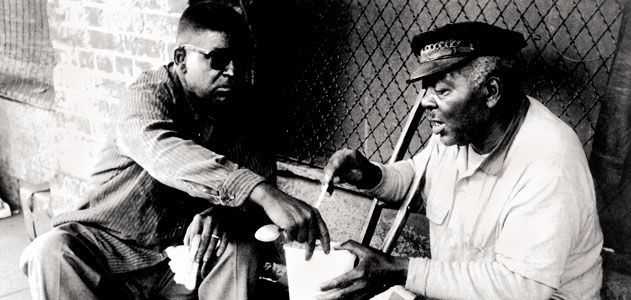
When he started his project in 1959, race relations in America were particularly strained. He named his book, “Black Like Me,” from the last line of a Langston Hughes poem entitled, “Dream Variations” in which Hughes is dreaming of freedom (excerpt):
To fling my arms wide
In the face of the sun, Dance! Whirl! Whirl!
Till the quick day is done.
Rest at pale evening . . .
A tall, slim tree . . .
Night coming tenderly
Black like me.
Here are just a few excerpts from “Black Like Me” to give you a sense for the power of the work:
“In the bus station lobby, I looked for signs indicating a colored waiting-room, but saw none. I walked up to the ticket counter. When the lady ticket-seller saw me, her otherwise attractive face turned sour, violently so. This look was so unexpected and so unprovoked I was taken aback.’ What do you want?’ she snapped. Taking care to pitch my voice to politeness, I asked about the next bus to Hattiesburg. She answered rudely and glared at me with such loathing I knew I was receiving what the Negroes call ‘the hate stare’. It was my first experience with it. It is far more than the look of disapproval one occasionally gets. This was so exaggeratedly hateful I would have been amused if I had not been so surprised. I framed the words in my mind: ‘Pardon me, but have I done something to offend you?’ But I realized I had done nothing – my color had offended her.”
“Nothing can describe the withering horror of this. You feel lost, sick at heart before such unmasked hatred, not so much because it threatens you as because it shows humans in such an inhuman light. You see a kind of insanity; something so obscene the very obscenity of it (rather than its threat) terrifies you. It was so new I could not take my eyes from the man’s face. I felt like saying: “What in God’s name are you doing to yourself?”
“Fear dims even the sunlight.”
“In reality, the Us-and-Them or I-and-Thou dichotomies do not exist. There is only one universal We—one human family united by the capacity to feel compassion and to demand equal justice for all.”
For all of my young life, Verlie, drove over 30 minutes, each way, to our home, Monday through Friday, from the time I was born, until I was 15-years-old. Her husband was an officer in the Army who served two deployments in Vietnam. When my mother traveled, I would sometimes stay at Verlie’s house. I recall riding in Verlie’s car one day, for a stay over at her house, with four other African-American maids from our neighborhood. As the women laughed and bantered back-and-forth, the subject of African-American nomenclature came up.
Apparently, the five African-American women in this carpool preferred the term “colored people” as opposed to the new insistence of the younger generation who demanded the term “Black,” which was born from the idea of “Black power!” The first person to use this expression was Stokely Carmichael and Willie Ricks in a speech on June 16, 1966 in Greenwood, Mississippi, followed by a march entitled, “March Without Fear,” chanting “Black Power!” Which, at that time, even though the demands were just and worthy, was a striking affront to white authority.
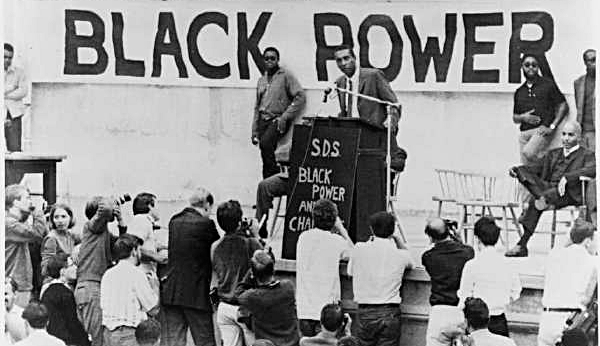
Verlie’s daughter, Ann, was dating a member of the Black Panther Party at the time, and it was very upsetting for Verlie, as she was a very conservative and religious woman. She didn’t appreciate the younger generation stirring up “trouble,” and worried for her daughter’s safety. There was a division in the community about the notion of “By any means necessary” as was propagated by Civil Rights advocate, Malcolm X, and the “Non-violent” approach by leaders such as, Reverend Martin Luther King.
From my young, white, privileged vantage point, I usually heard people in Louisiana and Texas refer to African-Americans simply as “the niggers” in private, and in polite company, “Colored People” or “Negroes.” The word “Black,” coined from the “Black Power” movement, was a radically new way of entitling a group of people—who most whites at that time in the south still thought of simply as affordable labor— with no burning desire to see them “rise,” or participate, in traditionally all-white male corporate structures, and professional services. Our own president Trump, and his father, made a very deliberate point not to lease to African-American applicants at the Wilshire Apartments in Jamaica Estates neighborhood in Queens, New York
Queens. According to a New York Times article from Aug. 27, 2016:
“Stanley Leibowitz, the rental agent, talked to his boss, Fred C. Trump.
“I asked him what to do and he says, ‘Take the application and put it in a drawer and leave it there,’” Mr. Leibowitz, now 88, recalled in an interview.”
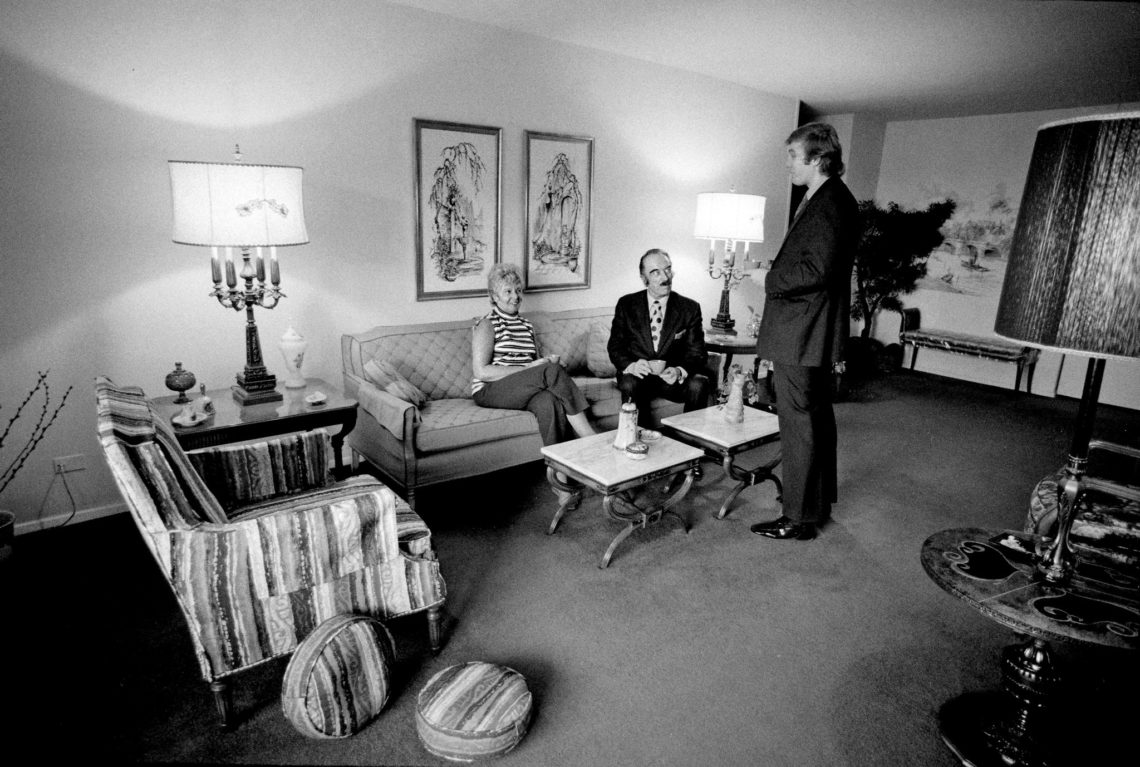
Sadly, this kind of behavior was not relegated to the Trump family. It was an alarming majority of white business people’s attitude. In short, the notion of “separate, but equal” was a total illusory fallacy in the boardrooms, and certainly in the dining rooms of white Southern American homes.
I didn’t understand the history of slavery back then, the socio-political implications of institutional racism, nor had I heard the 1963, “I have a dream” speech delivered by Martin Luther King at our nations capital, but I knew in every cell in my body that racism was wrong.
If we fast forward to 2020, and we consider that basically in 1963 to be African-American in the south was a certainty of that you would have limited formal education, little access to specialized healthcare, had to endure segregation “White only” signs. Today we have enjoyed a two term African-American president, this year we have 53 members of the House, and three in the Senate, two million businesses owned by African-Americans, 11 African-American billionaires on the 2018 Forbes list, entertainment impresarios, countless talented entertainers, athletes, scientists, and entrepreneurs.
Was the Civil Rights Movement successful?
“From the mid-fifties to the mid-sixties, activists successfully worked to roll back school segregation, public-transit segregation, interstate-bus segregation, restaurant segregation, poll taxes, employment discrimination, and more. It happened, piece by piece, under politically entrenched and physically threatening conditions. Its efficacy was virtually unmatched in our national past. The civil-rights movement preceded the protest meteor of the late sixties, but, for a new generation eager for change, it showed what was possible by taking to the streets.”
(The New Yorker, “Is there any point to protesting” by Nathan Heller)
Is there still racism and prejudice? According to the Pew Research Center’s, April 9, 2019, “Race in America 2019,” Public has negative views of the country’s racial progress; more than half say Trump has made race relations worse.
“More than 150 years after the 13th Amendment abolished slavery in the United States, most U.S. adults say the legacy of slavery continues to have an impact on the position of black people in American society today. More than four-in-ten say the country hasn’t made enough progress toward racial equality, and there is some skepticism, particularly among blacks, that black people will ever have equal rights with whites, according to a new Pew Research Center survey.
Opinions about the current state of race relations – and President Donald Trump’s handling of the issue – are also negative. About six-in-ten Americans (58%) say race relations in the U.S. are bad, and of those, few see them improving. Some 56% think the president has made race relations worse; just 15% say he has improved race relations and another 13% say he has tried but failed to make progress on this issue. In addition, roughly two-thirds say it’s become more common for people to express racist views since Trump became president.”
Another truth about the “Protest” is that very often the truth is well hidden. I have a undergraduate degree in History from the University of Texas at Austin. I am constantly gobsmacked by stories that bubble to the surface of any given subject.
Researching this article I happened upon a story written by the Associated Press with the headline, “Hundreds of Black Men, Women, and Children Burned Alive, Shot, Lynched by White Mobs During Red Summer Ignored Century Later.”
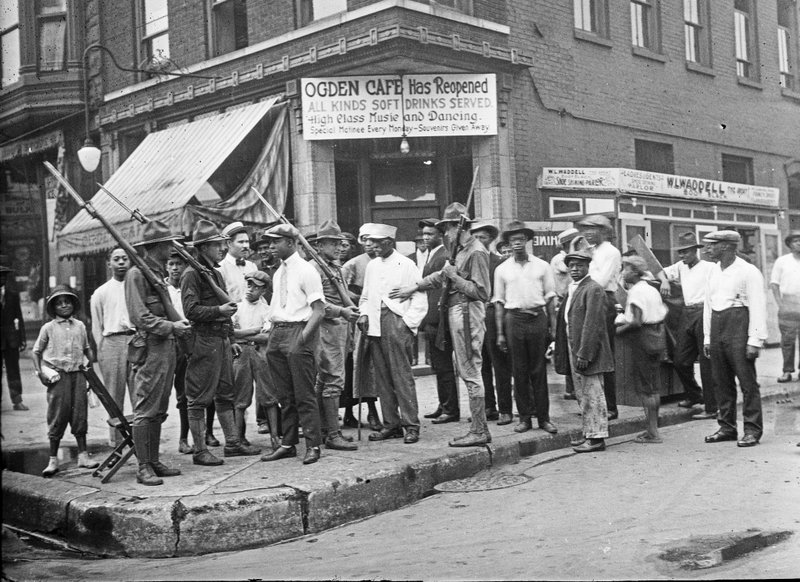
Excerpts from the article on the “Red Summer”:
“America in the summer of 1919 ran red with blood from racial violence, and yet today, 100 years later, not many people know it even happened.
It flowed in small towns like Elaine, Arkansas, in medium-size places such as Annapolis, Maryland, and Syracuse, New York, and in big cities like Washington and Chicago.
Hundreds of African American men, women and children were burned alive, shot, lynched or beaten to death by white mobs. Thousands saw their homes and businesses burned to the ground and were driven out, many never to return.
It was branded “Red Summer” because of the bloodshed and amounted to some of the worst white-on-black violence in U.S. history.”
…Red Summer also marked a new era of black resistance to white injustice, with African Americans standing up in unprecedented numbers and killing some of their tormentors. Returning black soldiers from World War I led the charge, using skills they refined in Europe.
…You have a similar situation where African Americans had done their part to make the world safe for democracy, and black veterans came home, and many of them were alive or had heard the stories of what happened in 1919,” Krugler said. “And they said, ‘Never again.’”
Some Final Thoughts:
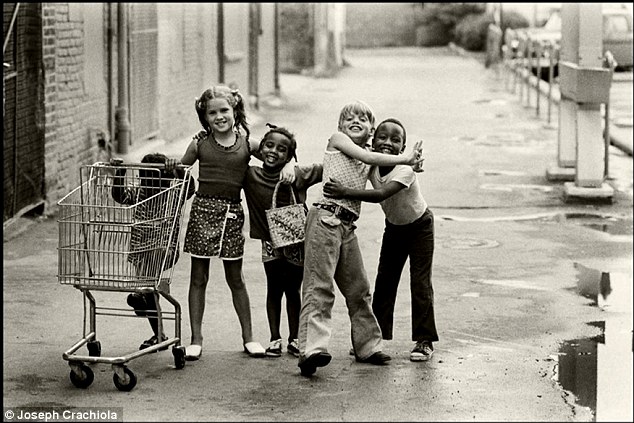
The gift that Verlie gave me, didn’t come from her protesting in the streets, and can never be erased, perverted, polarized, nor taken away from me— LOVE!
Her gift of love to me has prompted an incalculable number of international friendships with people from all races, lifestyles, and nations. I’ve discovered that once you’ve truly loved someone outside of your own race, or even way of thinking, you can never truly feel that kind of racist hatred.
That doesn’t mean you won’t hate some people’s beliefs, ideas, or actions. It doesn’t mean that one shouldn’t protest against wrong actions, ideas, policies, and crimes against our fellow brothers and sisters. But, as someone who chooses love over hate, I can tell you that when we choose love, the entire world opens up for our discovery and enjoyment, and the cause and effect is very powerful.